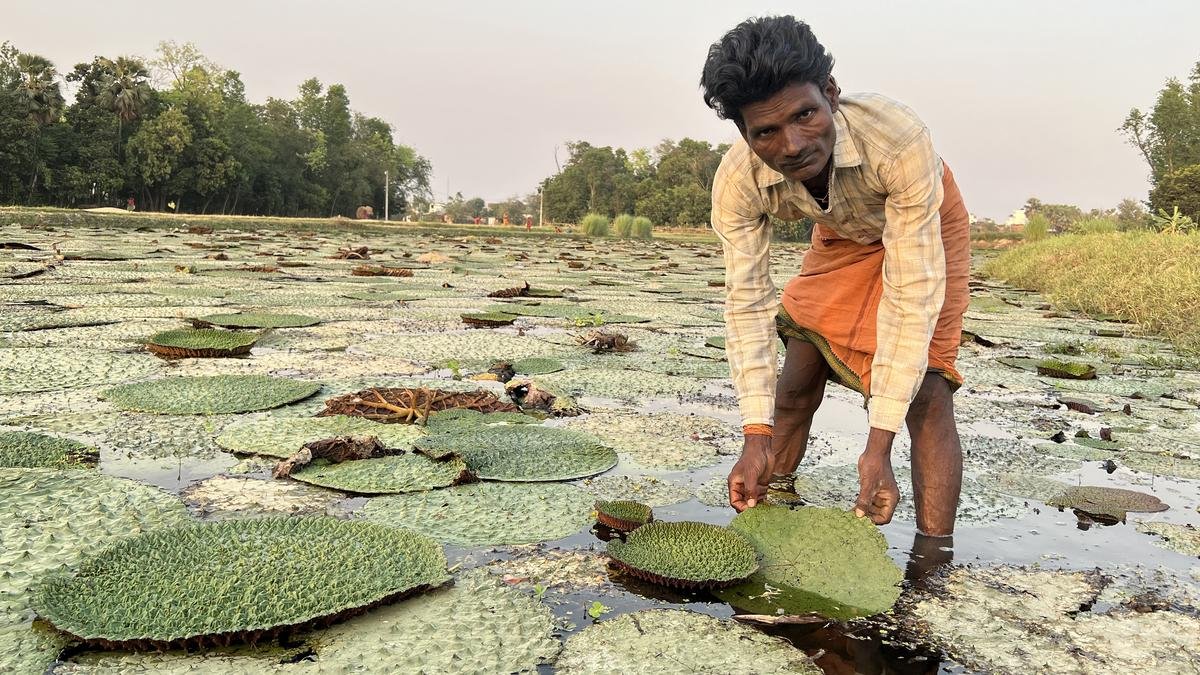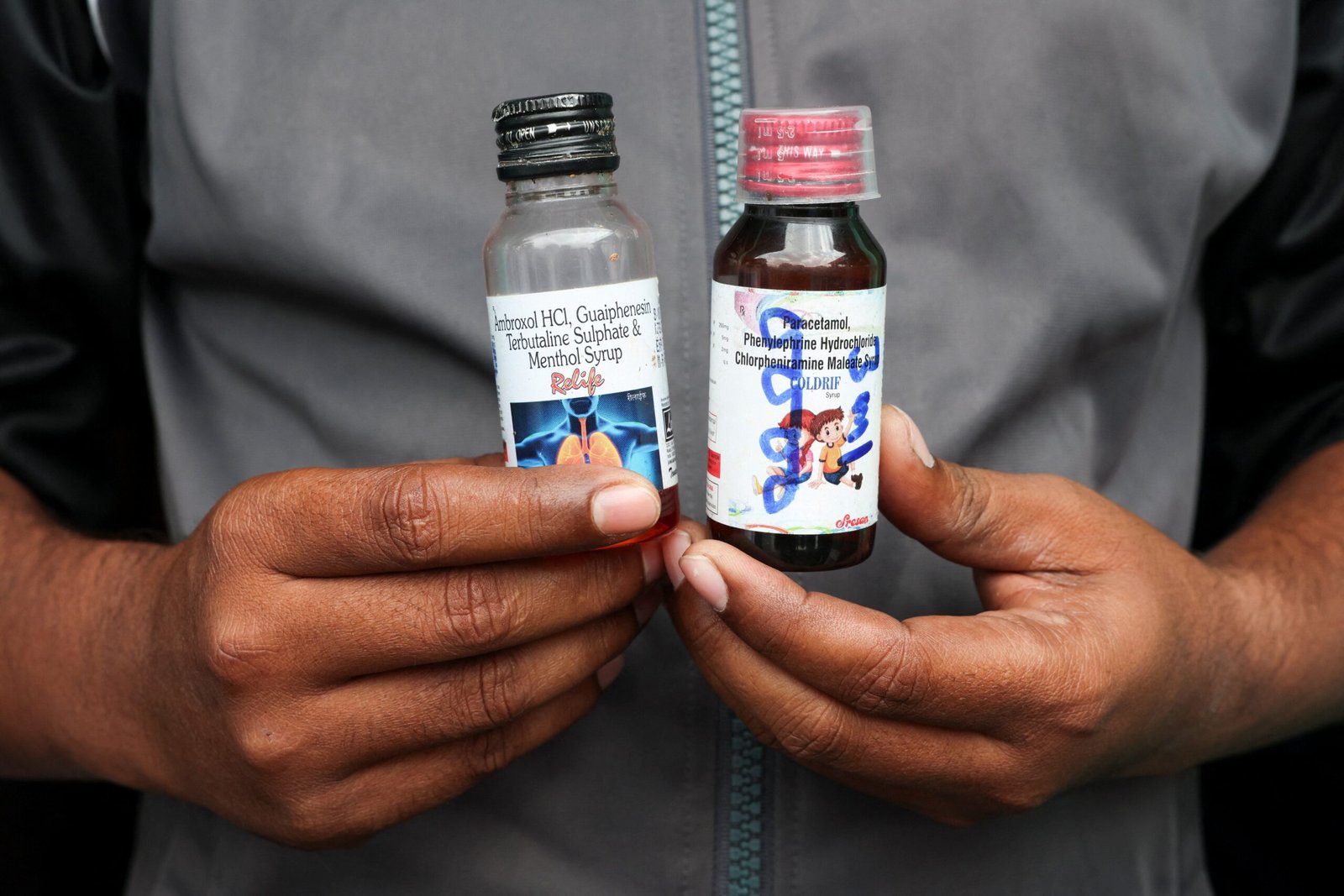Context
- Bihar produces about 90% of India’s makhana (foxnut).
- The Central and State governments have launched many initiatives, including a National Makhana Board (₹100 crore budget), to promote its cultivation, processing, and export.
- Ahead of the Bihar Assembly Elections (2025), this sudden focus on makhana, called Makhananomics, is being seen as both an economic and a political move.
What is Makhananomics?
- The term combines “Makhana” + “Economics”.
- It refers to the government’s efforts to use makhana as a driver of rural growth, employment, and exports, while also aiming to gain political support from the communities involved in its cultivation.
- It is both an economic plan (boosting a regional product) and a political strategy (targeting key voter groups like the Mallah community).
What is Makhana and Why is it Important?
About the Crop
- Makhana is the edible seed of the water lily plant (Euryale ferox), grown mainly in ponds and wetlands.
- It is now known worldwide as a healthy “superfood”, being rich in nutrients and proteins and low in fat.
- It is harvested manually, and requires labour-intensive processing including cleaning, drying, roasting, and popping.
- Global market potential: Estimated at $43.56 million in 2023, expected to reach $100 million by 2033.
Economic Importance
- Nearly 10 lakh families in Bihar depend on makhana farming and processing.
- It has huge market potential, global demand is growing fast, but Bihar mostly sells raw makhana to other states like Punjab and Assam, which do the packaging and exporting.
- This means farmers earn less, while other states make more profit.
Political Importance
- The Mallah (fisherfolk) community, which mainly cultivates makhana, is poor but politically significant in North Bihar.
- By supporting makhana, the government hopes to create jobs, reduce migration, and also win support from this community.
- The crop also carries cultural value for the Mithila region and already has a GI tag (Mithila Makhana).
Government Initiatives to Promote Makhana
- National Makhana Board (2025): To improve cultivation, processing, value addition, and marketing.
- Food Processing Institute: To promote local industries in Bihar.
- GI Tag: Helps in branding and export of Mithila Makhana.
- Airport Upgrades (Patna, Darbhanga, Purnea): To support export logistics.
- Research & Development: ICAR’s National Research Centre for Makhana in Darbhanga for seed improvement and better farming methods.
- Demand for MSP: Bihar government has requested a Minimum Support Price to ensure fair income for farmers.
Challenges and Way Forward
| Challenges Faced by Farmers | Suggested Way Forward |
| Farmers sell makhana as raw material at low prices | Set up local processing and packaging units to add value |
| Low productivity due to old farming practices | Spread high-yield seed varieties and modern techniques |
| Manual, labour-heavy cultivation and processing | Develop simple and safe tools for harvesting and roasting |
| Weak market and lack of storage/export facilities | Build storage, cold chains, and export hubs in Bihar |
| Lack of finance and price stability | Provide MSP, credit, and insurance support |
| Poor research and awareness | Strengthen research centres and farmer training |
| Limited support for small farmers | Promote farmer cooperatives/FPOs for collective marketing |
Conclusion
Makhana offers Bihar a great chance to combine culture, nutrition, and employment into one success story. However, to make Makhananomics work, the focus should be on building local industries, ensuring fair income for farmers, and turning political promises into real progress. If implemented well, makhana can become a model for how traditional products can drive rural development in India.
| Ensure IAS Mains Question Q. “Makhananomics reflects how traditional crops can drive both economic change and political strategy.” Discuss the potential of Bihar’s makhana industry and suggest measures to make it globally competitive and farmer-friendly. (250 words) |
| Ensure IAS Prelims Question Q. Consider the following statements about Mithila Makhana: 1. It is the seed of a plant that grows in freshwater ponds. 2. It has been given a Geographical Indication (GI) tag. 3. Most of India’s makhana production comes from Punjab. Which of the statements given above are correct? a) 1 and 2 only b) 2 and 3 only c) 1 and 3 only d) 1, 2 and 3 Answer: a) 1 and 2 only Explanation: Statement 1 is correct: Mithila Makhana comes from the seeds of the Euryale ferox plant, which naturally grows in freshwater ponds and wetlands. Statement 2 is correct: Mithila Makhana received a Geographical Indication (GI) tag in 2022, recognizing its unique regional identity and traditional cultivation in Bihar. Statement 3 is incorrect: Most of India’s makhana is produced in Bihar, not Punjab; Bihar contributes nearly 90% of the country’s total makhana output. |
Also Read | |
| UPSC Foundation Course | UPSC Daily Current Affairs |
| UPSC Monthly Magazine | CSAT Foundation Course |
| Free MCQs for UPSC Prelims | UPSC Test Series |
| Best IAS Coaching in Delhi | Our Booklist |





